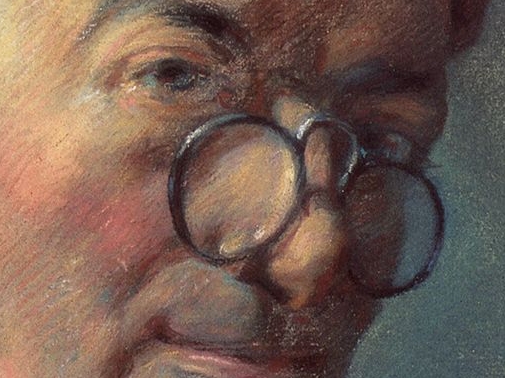Unveiling the Masterpiece: A Closer Look at Chardin’s Self Portrait
Jean-Baptiste-Siméon Chardin, a renowned French painter from the 18th century, is best known for his still-life paintings and genre scenes. However, his self-portrait is a rare gem that offers a glimpse into the artist’s own persona.
A Study in Self-Portraiture
Chardin’s self-portrait is a striking example of the artist’s mastery in capturing human emotions. The painting depicts the artist at work, with a focused expression and a hint of concentration. His eyes look directly at the viewer, conveying a sense of introspection and self-awareness.
The use of light and shadow in the painting is also notable, with Chardin skillfully highlighting his own features and creating a sense of depth and dimension. The colors are subdued yet rich, adding to the overall sense of contemplation and contemplation.
A Glimpse into the Artist’s Mind
Chardin’s self-portrait offers a rare glimpse into the artist’s mind and creative process. Through his careful depiction of his own features and expression, we can begin to understand the depth of his artistic vision and the passion that drove his work.
The painting also invites us to consider the role of self-portraiture in art history, as a means of self-expression and exploration. Chardin’s self-portrait serves as a powerful statement of his own identity and creative purpose, allowing us to connect with the artist on a personal level.
Conclusion
In conclusion, Chardin’s self-portrait is a true masterpiece that showcases the artist’s skill and introspection. Through his careful depiction of his own image, Chardin invites us to enter into his world and witness the beauty of his artistic vision. It is a painting that continues to captivate viewers centuries after its creation, offering a timeless insight into the mind of a true master.



